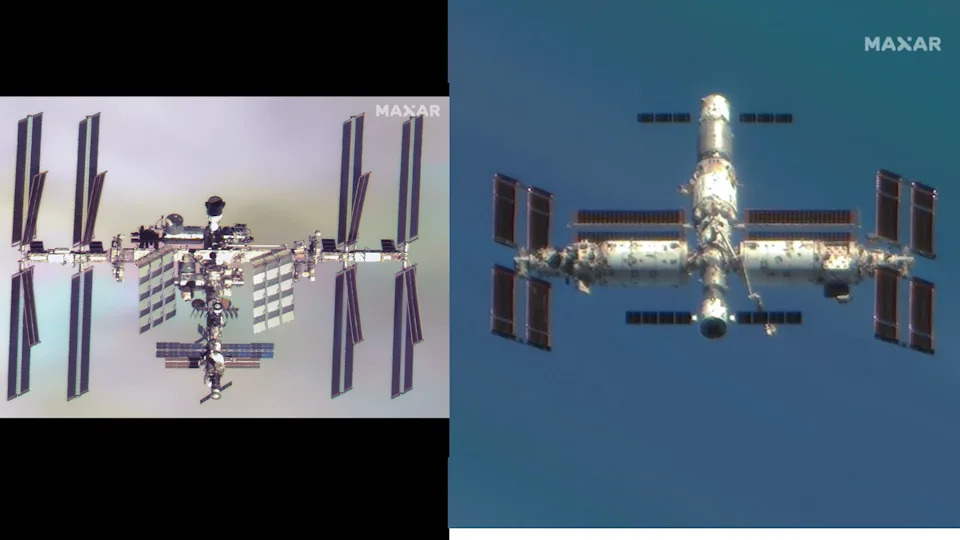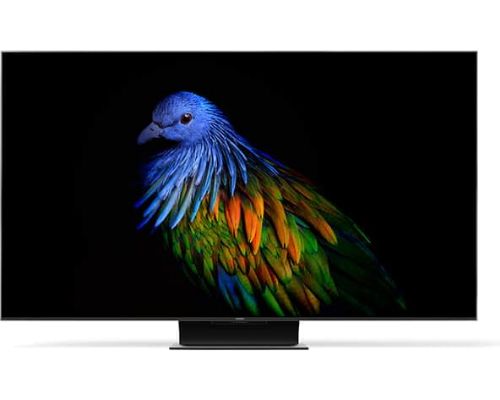Satellite spies both ISS and China's Tiangong space station | Space photo of the day for July 4, 2025
When you buy through links on our articles, Future and its syndication partners may earn a commission.
 Credit: Maxar Technologies
Credit: Maxar TechnologiesSince 1998, when the International Space Station (ISS) launched, there has been a place for astronauts around the world to run experiments in space, from growing food to learning how low-Earth orbit affects the human body.
More recently, the Chinese Tiangong Space Station was fully completed, with its third and final module, the Mengtian, added on Oct. 31, 2022. Tiangong sits at the same height as the ISS.
What is it?
The ISS is a joint venture between NASA, Roscosmos, the European Space Agency (ESA), the Japanese Aerospace Exploration Agency (JAXA) and other organizations. It's been continuously inhabited since 2000 and serves as a microgravity laboratory for research in biology, physics, medicine and earth sciences. The ISS is significantly larger than the Tiangong Space Station, as the ISS has 16 modules while Tiangong only has three.
As China was excluded from the ISS program, it created its own space station, Tiangong, which shows the nation's prowess in space exploration. Tiangong, which means "Heavenly Palace" in Chinese, was built by the Chinese Manned Space Agency (CMSA) and provides a platform for scientific research for countries not involved in the ISS program.
Where is it?
These two photographs were taken from space, about 250 miles (402 km) from Earth.
 A comparison of the ISS (left) and the Chinese Tiangong Space Station (right) | Credit: Maxar Technologies
A comparison of the ISS (left) and the Chinese Tiangong Space Station (right) | Credit: Maxar TechnologiesWhy is it amazing?
These two photos were taken by a Maxar WorldView Legion satellite from low-Earth orbit. In a tweet, Maxar Technologies discussed how their satellites could capture these images with crisp clarity as both space stations continue to move in their respective orbits.
It's difficult to photograph something moving as quickly as the ISS or the Tiangong Space Station. The ISS orbits Earth every 90 minutes at a speed of about 17,500 mph (28,000 km/h) and the Tiangong moves at a similar rate. Being able to capture the detail on both space stations shows the timing and engineering capabilities of the Maxar satellite.
Want to learn more?
You can read more about the ISS, the Tiangong Space Station, and observation satellites as companies like Maxar continue to study Earth from space.













